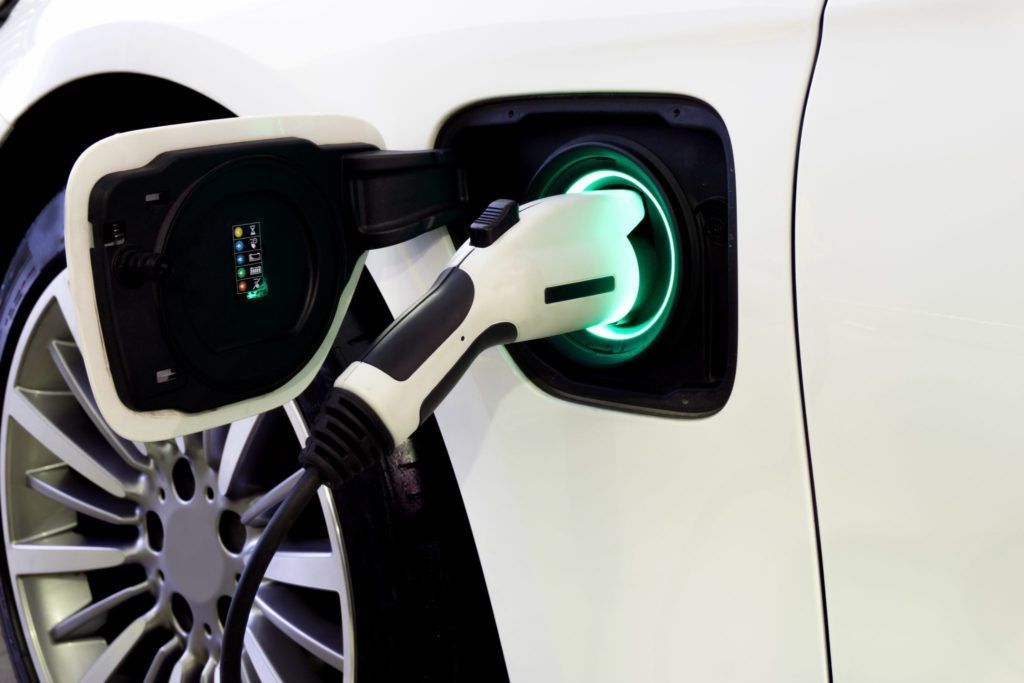New research from leasing firm Zenith has revealed the majority of drivers (80%) are reliant on off-street charging.
The study reveals a growing “driveway divide” which risks the adoption of EVs, it claimed. According to the company’s EVXperience survey of more than 3,600 EV drivers, the majority of drivers usually charge their vehicle off-street at home – an increase of 4% on 2024’s figure of 76%.
This was compared to 4% who primarily use an on-street charging point, a decrease of 3% from last year (7%).
The use of public charging hubs by drivers has also decreased to 29%, down 8% from 37% in 2024, which Zenich believes shows the “driveway divide” between those who can charge at home, and those who must rely on public charging, is continuing to grow.
In addition, 85% of drivers think that public charging costs are too high. Zapmap’s price index indicated when compared to at-home off-peak charging (£0.08 per KWh), those using public charge points are paying 10 times more to use ultra rapid/rapid chargers (£0.80 per KWh), and 6.5 times more for slow/fast chargers (£0.52 KWh).
It also found nearly half (48%) of EV drivers are put off by the reliability of public charging points and only 15% of EV drivers who usually charge using a public on-street charging point reported being very satisfied with the experience of charging their EV.
Just 22% of drivers who charge using public charging hubs were satisfied with their experience.
There was also decreasing confidence that the public charging network will improve over the next three years. In 2025’s report, 11% of respondents indicated they were unsure the infrastructure would improve, compared to just 6% in 2024.
There was also a regional divide with drivers in London relying more heavily on public charging than elsewhere. Only 60% of Londoners charge their EVs off-street at home, 20% less than the average for the UK as a whole.
Andy Wolff, Commercial Director of Zenith’s Corporate division said:
“The 2025 version of our annual EVXperience report shows that the EV driveway divide continues to expand. The Government’s recent infrastructure commitments are undoubtedly a step in the right direction, but our report highlights that work still needs to be done to ensure the transition to electric vehicles is smooth for everyone – regardless of where they live or their budget.
“Addressing factors like the availability and cost of public charging will reduce the driveway divide, help EVs fit more seamlessly into drivers’ everyday lives, and improve overall consumer confidence in electric vehicles.”







